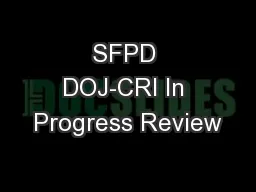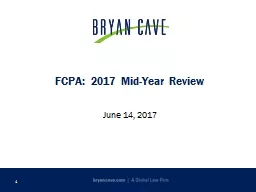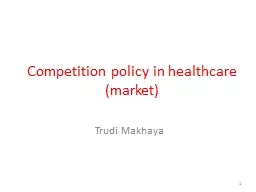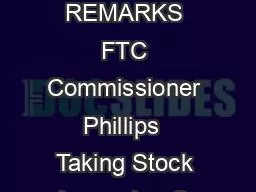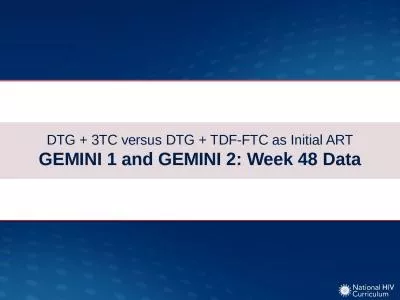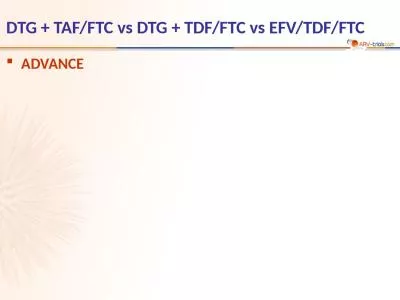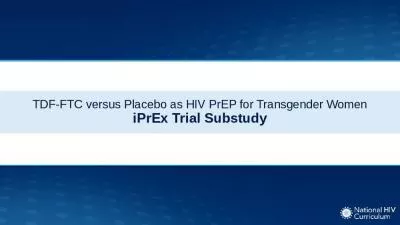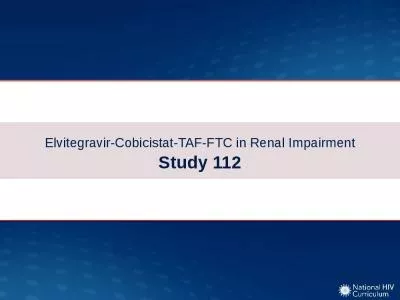PPT-Healthcare Contracting DOJ/FTC Healthcare Competition
Author : min-jolicoeur | Published Date : 2018-12-07
Workshop Professor Fiona Scott Morton Yale School of Management Assumptions CostsMargins vary AMC versus community hospital Brain surgery versus broken leg Service
Presentation Embed Code
Download Presentation
Download Presentation The PPT/PDF document "Healthcare Contracting DOJ/FTC Healthcar..." is the property of its rightful owner. Permission is granted to download and print the materials on this website for personal, non-commercial use only, and to display it on your personal computer provided you do not modify the materials and that you retain all copyright notices contained in the materials. By downloading content from our website, you accept the terms of this agreement.
Healthcare Contracting DOJ/FTC Healthcare Competition: Transcript
Download Rules Of Document
"Healthcare Contracting DOJ/FTC Healthcare Competition"The content belongs to its owner. You may download and print it for personal use, without modification, and keep all copyright notices. By downloading, you agree to these terms.
Related Documents





